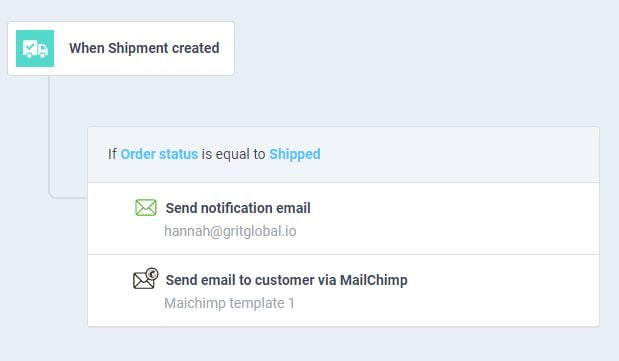“What types of shipping methods should I offer?” you might ask. The more eCommerce delivery options you have, the more likely your customer will complete order in your store.
Here’s an overview of five standard e-commerce delivery options to consider for your customers.
Types of delivery options
Same-day delivery
This method allows customers to receive the package on the same day that they palace an order. However, if you want to provide same-day shipping, you’ll have to work with a reputable fulfillment eCommerce shipping company. You should also consider the timing. For example, is it possible for same-day delivery if the customer requests a product at 7 in the evening?
Overnight delivery
Overnight delivery has become more prevalent in recent years, with 18% of people requesting next-day delivery. Yet the price varies among several fulfillment providers and shipping companies.
Two-day shipping
Even though many brands offer same-day and next-day delivery, two-day shipping is still preferred for being relatively fast with reasonable prices. In reality, 44% of respondents said they were willing to wait two days for their orders. So, if you’re looking for a good mix of pace and price, 2-day shipping could be the way to go.
Extensive shipping times
People always want their package to arrive quickly. However, many are willing to wait for a few days: 21% of people are willing to wait 3-4 days, and 10% are willing to wait 5-7 days. Just 2% of people, on the other hand, can wait 1-2 weeks. In other words, the eCommerce delivery time of under one week is still fairly acceptable.
Types of E-commerce shipping rates
You can charge customers for their chosen delivery choice using various eCommerce shipping rate structures. There are five different eCommerce shipping rate options to consider
Fixed-rate
Customers are charged the same fixed rate regardless of what they order, known as ‘flat-rate delivery.’ Bittermilk, for example, provides customers with an $8 flat-rate shipping option. In addition, some eCommerce businesses offer several flat-rate shipping costs for some order value levels, weight ranges, or other classification categories.
If you deliver flat-rate delivery, ensure that you charge the average shipping cost to break even.
Real-time carrier rates
It’s possible to deliver real-time carrier rates during checkout if you integrate your website with eCommerce shipping services. You may use this method to charge the actual shipping rate for each order depending on the recipient’s location and delivery preferences.
Customers would get complete transparency and the ability to make their own decisions due to this.
Free-shipping
Many eCommerce companies offer free shipping to increase conversions, lower cart abandonment rates, and create customer loyalty. There are two critical strategies for providing free shipping while remaining profitable:
- Raise the price of the products to account for shipping costs.
- In order to qualify for free shipping, customers must pay a certain amount. As a bonus, this choice can encourage customers to buy more than they planned. Package Free Shop, for example, provides free shipping on orders over $35 in the United States:
Shipping in a hurry
You can meet the needs of consumers who need (or want) their order quickly by offering expedited prices, such as same-day or next-day delivery. So, even though you charge extra for expedited delivery, it’s a good idea to have this option.
Track your delivery with Atom8
Atom8 is a workflow automation app that allows merchants to convert repetitive tasks into workflows that execute whenever needed. It is not easy to keep track of every order when you have a large number of customers. However, if you don’t, you might get into trouble should any package gets lost or damaged. With Atom8, you can set up a workflow to change the delivery status in your system whenever your shipping partners update it. What’s more, with the ShipStation integration, you have the best combination for order management.









